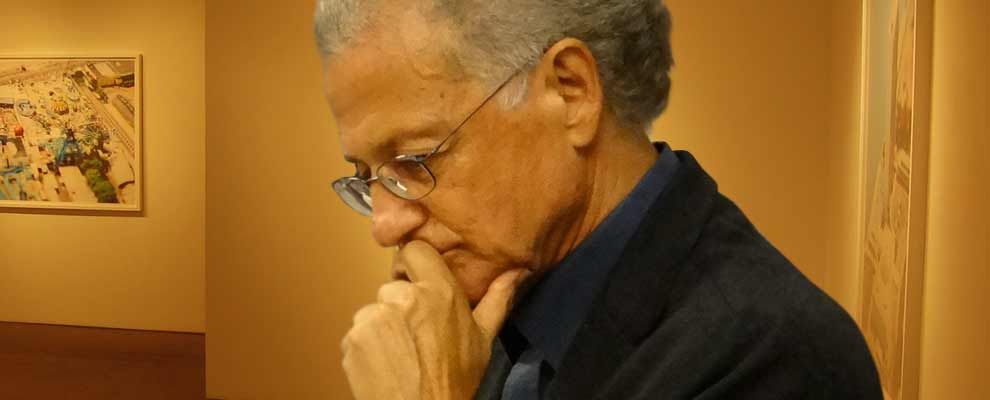Design is a thought activity: we should not replace it with a mere “optimizing” approach, because it’s from imperfections that talent emerges.

«Like communication, art can take on a performative value, thus transforming ideas but also people, those who create but, above all, those who receive»: in such ability, aimed at concrete action, art and communication are surprisingly alike according to semiologist Paolo Fabbri.
Interviewed alongside the annual conference of the Italian Association for Semiotic Studies, Fabbri reflects on the nature of contemporary art, that – he says – «has a twofold mission: on one side, it communicates new information and perspectives; on the other side, it has an effect on the transformation of what is tangible, of perception. An example? Nowadays art works deeply on disgust: not to communicate disgust in itself, but to transform taste categories».
Therefore, art acts on reality and sometimes it is also able to anticipate it: «When avantgardes used to build combinatory texts – Fabbri recalls – they were actually anticipating the possibilities that computers would then use in the unlimited textual editing: hypertext by definition».
Going back to the relationship between art and communication, Paolo Fabbri concludes: «The current art market is destroying artistic production. A generalised artification is turning into art things that have never belonged to art – I am thinking of design, hip hop music, dance – and this is caused by the use of communication for capitalistic purposes».